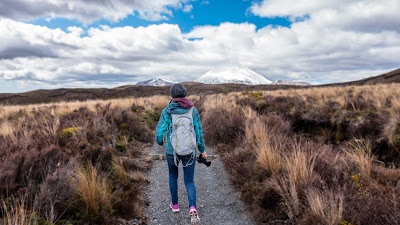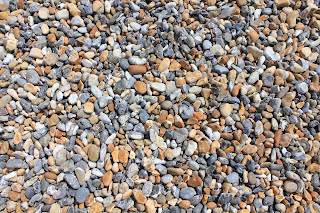11 Things to do Before a Hike
When we talk about hiking, we talk a lot about “getting ready”. but what does that mean exactly? What should we do to prepare before going on a hike? Over the years, I have developed a routine of things that I do before a hike. Keeping this simple checklist in mind ensures that I stay safe on the trails. AND it also allows me to have fun because I'm much less likely to be so tired that I don't like it or end up getting drenched in a thunderstorm. Read on for my recommendations on things to do before a hike.
Find Some Hiking Buddies
Overall, group hiking is better. It's cooler to start with. But the real reason why it's worth hiking with friends is because of safety. You can help yourself if someone is hurt. And you are less likely to run into negative animals as wild animals tend to stay away from groups. Overall, the ideal group size is four. That way, if someone is hurt, one person can stay with him and the other two will go for help.
But when hiking, it's not really "the more the merrier". Large groups are difficult to keep together on the trail, can be noisy and disruptive to other tourists, and have a greater impact on the environment. Leave No Trace and many land management agencies recommend 10 or 12 as maximum group size.
Research Trail Options
Do a bit of research and choose a trail to hike. It means more than just scrolling through Instagram and picking a place that looks amazing. Take a look at trail websites, blogs, and park sites. Choose a guide. Learn some key information about the hike: Is it difficult? How far is it? What is the altitude difference? Make sure you choose a trip that fits you and your group. If you're just starting out, take the easier hikes, then the harder ones.
Make Sure You Have Enough Time
Accidents happen when you are rushing or trying to walk at night. Make sure you have enough time to complete your hike. Find out how long it typically takes for people to hike, then add a little more time as a buffer. Remember to research how long it will take to get there by car. And check what time the sun goes down. You don't want to be surprised after dark.
Read Up on Local Regulations
In many places, rules and regulations are in place to protect the natural environment and ensure that all users have a positive experience. Check the parks' websites to see if you need a reservation, permit, or park pass. Find out if any areas are closed and if dogs or campfires are allowed.
Check Trail Conditions
There is nothing worse than climbing halfway up the mountain and the snow will stop you. If you study the conditions of the trail in advance, you will have a better chance of having fun. More importantly, you have a much better chance of staying safe and not getting lost. The first Leave No Trace principle is to plan ahead and prepare, and checking the trail conditions is an important part of that.
Get the Weather and Avalanche Forecasts
Find out if it will rain or snow and how cold it is. Then pack your clothes for the weather. When going on a hike in the mountains, keep in mind that the weather in the city is not the same. Check the weather forecast for the nearest ski hill, or use mountain-forecast.com for the weather forecast for high altitude hikes.
Dress for the Conditions
In general, it is a good idea to wear moisture-wicking and quick-drying clothing when hiking. This means choosing garments made of polyester, nylon or merino wool and avoiding cotton that soaks up moisture. Dress in layers so you can add or remove clothes as the temperature changes.
Even if you have checked the forecast, the weather can change quickly. Just in case, it's a good idea to have an extra warm layer and a raincoat in your backpack.
Take Care of Your Feet
The secret to happy hiking is happy feet. Wear trekking shoes or running shoes that fit you and stay on the trail. Avoid blistering by wearing wool blend socks or pasting up problem areas. And don't forget to cut your toenails.
Pack the 10 Essentials
Bring a backpack to carry your gear. Make sure you pack the 10 essentials. These are 10 safety items that you should always have with you on every hike: headlights, food and water, warm clothing, map or other navigation aids, fire starter, first aid kit, emergency shelter, sun protection, knife and communication device.
Avoid Getting Lost
Make sure you stay on track by bringing a hiking map and a copy of the route description. If you want to put electronic copies on your phone, make sure you have a USB power bank as a backup. A GPS or GPS app is also a good idea.
Pack Snacks… Lots of Snacks
Hiking makes you hungry. Make sure you pack enough groceries for your trip. It is a good idea to bring more food than you think is necessary. I always have a few extra bars in my backpack. This way I have emergency food if the hike takes longer than expected, if someone is injured and we have to wait for help, or if a friend forgets their snacks. It's also a good idea to leave some snacks in the car. Nothing tastes better after a long day on the trail than some nice salty potato chips!




Comments
Post a Comment